I have never been someone who could wake up early and exercise. When I wake up, I am always dehydrated. This could be from:
- Having higher blood sugars all night long
- Going to the bathroom a bunch throughout the night
Going to the bathroom a bunch throughout the night, may not actually be related to the high blood sugars throughout the night. A lot of the time, this is because I drink coffee at night or iced tea or water at night which makes me having to use the bathroom a bunch during the night.
Then, when I wake up in the morning, my muscles are cramped and I’m not able to go to the gym or workout.
Well, I’ve been making changes to this and so far, I absolutely love it.
I’ve been waking up at 6 am and going for a 1.5 mile walk in the morning. The pace is slow to moderate. It’s not just for the exercise, but it’s also a mind clearing and stress relieving walk as well. I am able to just walk by myself, while the sun is coming up and be able to clear my mind and think about being in the moment of nature and breathe in the beautiful air and think about where I want my life to be and what are the things that I need to do to get there.
I am big on mindfulness and visualizing my goals and my life. I do this while I am walking and also at night before I go to bed.
How to Fix Dawn Phenomenon
Another reason for walking in the morning was to try and stop the morning spikes that my blood sugars do to me every single morning. As soon as I wake up and roll out of bed, the Dexcom graph and arrows just start to go up.
I thought that maybe by walking early in the morning, that this would help bring down these spikes (you know, because exercise is supposed to help reverse your diabetes).
Unfortunately, this hasn’t been the case. My blood sugars continue to spike and actually end up going up a little more afterwards. I’ve been having to still take insulin as soon as I get back and correct. I’ve yet to correct before going on the walk because I don’t want to carry more things with me during my walk.
Even though the morning walks haven’t fixed my dawn phenomenon, they have definitely helped lower my stress levels and have made me more alert during the rest of the day and become much more productive.
I will continue to try and test different ways to help fix the dawn phenomenon and get rid of these morning spikes.











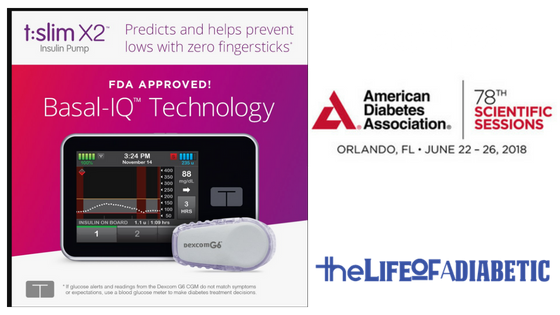
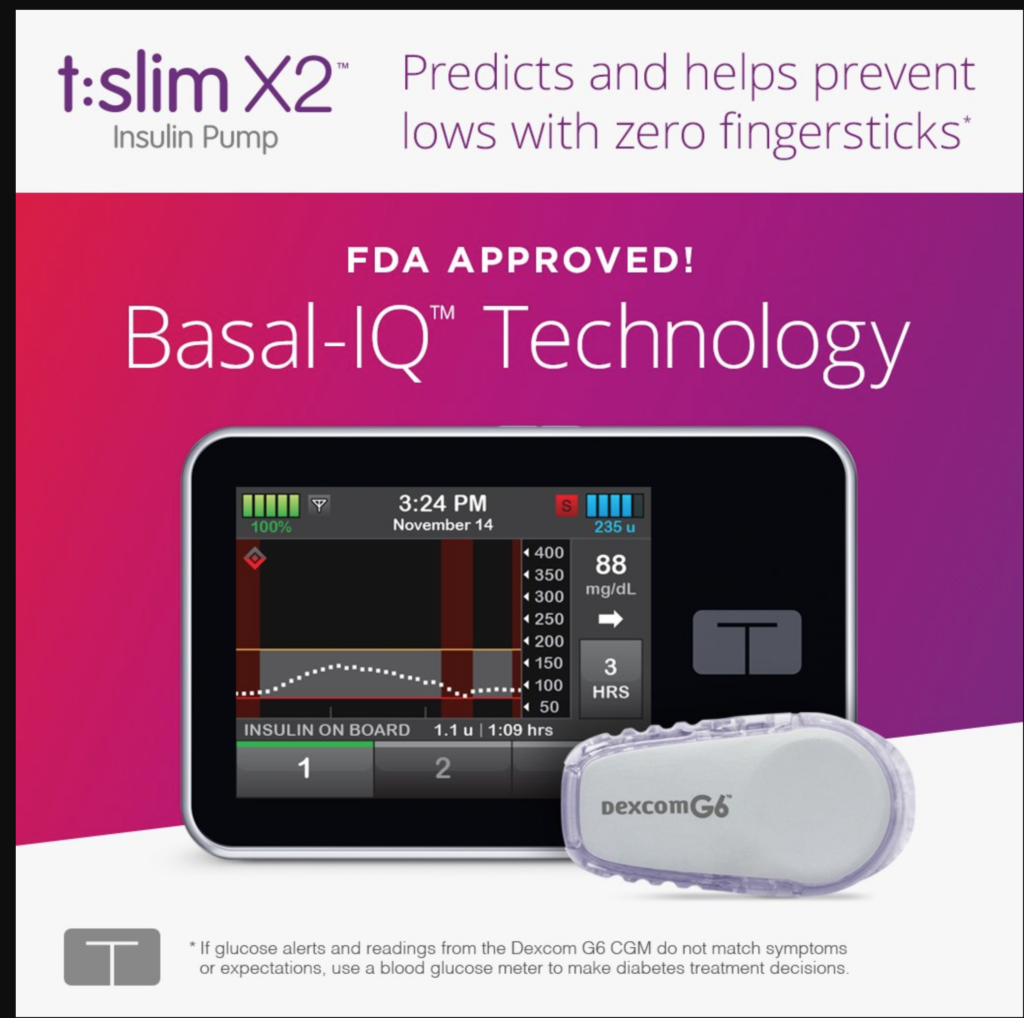
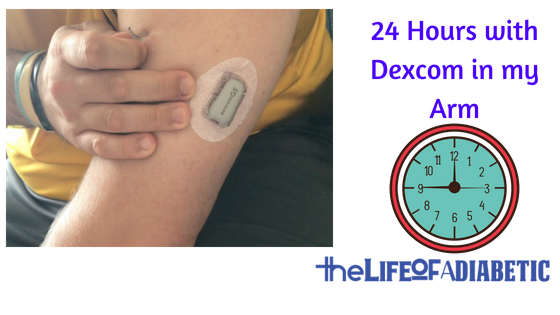
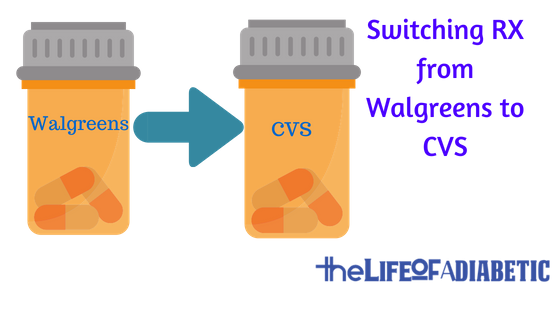
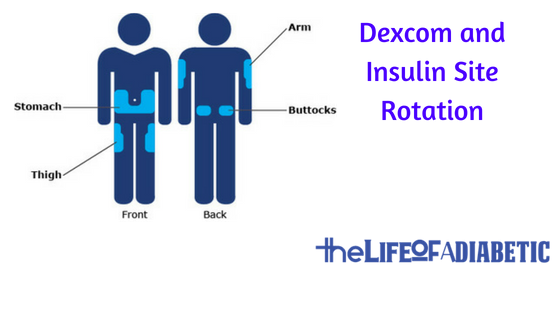
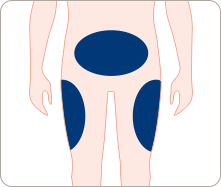

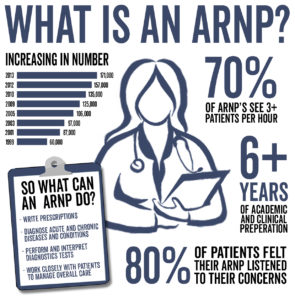
 How do I walk into an appointment and say, listen, I have a lot of knowledge, I’m not your typical patient who is just going to say how high when you say jump. We need to have a relationship, not a dictatorship.
How do I walk into an appointment and say, listen, I have a lot of knowledge, I’m not your typical patient who is just going to say how high when you say jump. We need to have a relationship, not a dictatorship.